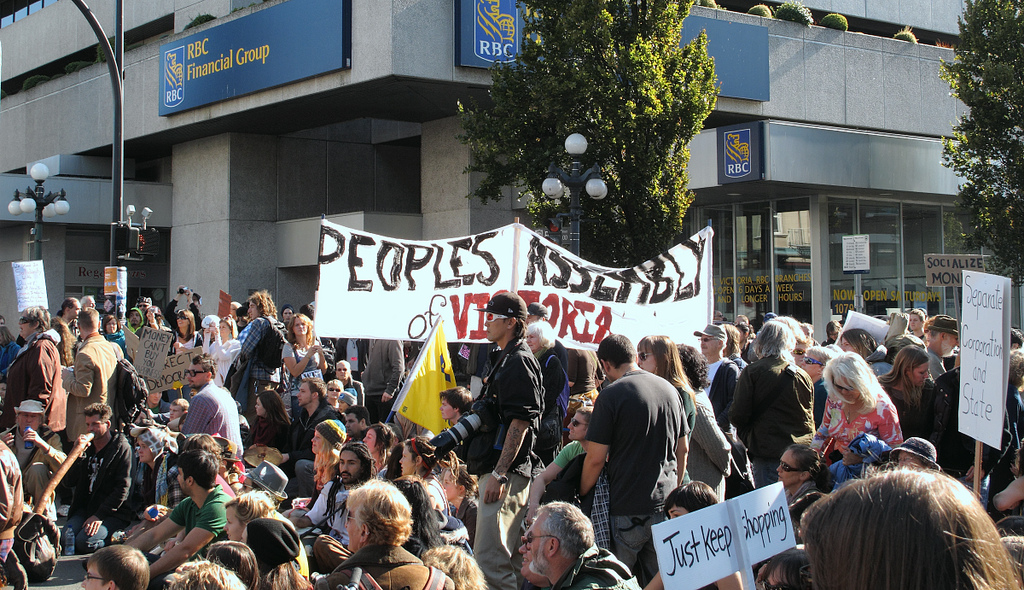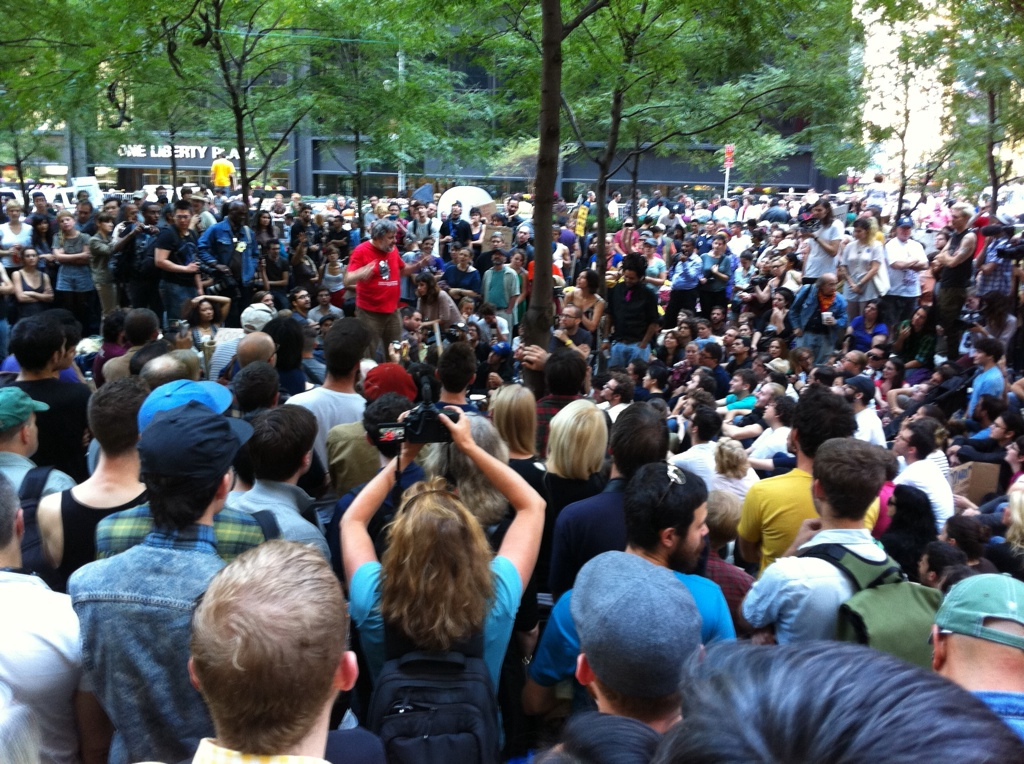Chapter 7. Groups and Organizations

Learning Objectives
- Understand Simmel’s argument “there is no such thing as society as such.”
- Distinguish the forms and contents of social interactions.
- Situate sociological structures within three levels of analysis: micro, meso, and macro.
- Understand the ways in which a group is more than the sum of its parts.
- Describe the influence of primary and secondary groups, in-groups and out-groups, and reference groups.
- Distinguish between different forms of organization and different styles of leadership.
- Explain how conformity and groupthink are products of group properties.
- Distinguish social networks from social groups and formal organizations.
- Analyze the dynamics of dyads, triads, and larger social networks in terms of structure, function and contagion
- Understand the principles of “6 degrees of separation” and “3 degrees of influence.”
- Categorize the different types of formal organizations.
- Define the characteristics of bureaucracies.
- Analyze the opposing tendencies of bureaucracy toward efficiency and inefficiency.
- Identify the concepts of the McDonaldization of society and the McJob as aspects of the process of rationalization.
7.5 A Sociological Analysis of the Holocaust
- Apply the sociological study of group behaviour to analyze the Holocaust.
Introduction to Groups and Organizations
The punk band NOFX is playing outside in Los Angeles. The music is loud, the crowd pumped up and excited. But neither the lyrics nor the people in the audience are quite what you might expect. Mixed in with the punks and young rebel students are members of local unions, from well-dressed teachers to more grizzled labour leaders. The lyrics are not published anywhere but are available on YouTube: “We’re here to represent/The 99 percent/Occupy, occupy, occupy.” The song: “Wouldn’t It Be Nice If Every Movement Had a Theme Song” (Cabrel, 2011).
The slogan, “We are the 99%,” emblematic of the Occupy movement that flourished in North America in 2011 and 2012, refers to the transfer of wealth from the middle class to the upper class (the “one percenters”). Even during the severe economic crisis after 2008, the personal income, bonuses, and overall share of social wealth of the elite 1% increased. Occupiers observed that the very people responsible for the crisis and the massive loss of wealth in the economy were paying themselves bonuses for a job well done, even while they were receiving billions of dollars in bailouts from the government. This would seem to be a grievance worthy of a movement, but simply having a grievance does not explain the ways in which movements take form as groups.
In Victoria, B.C., a tent community sprang up in Centennial Square outside city hall, just like tent cities in other parts of the country. Through the “horizontal decision-making process” of daily general assemblies, the community decided to change its name from Occupy Victoria to the People’s Assembly of Victoria because of the negative colonial connotations of the word “occupy” for Aboriginal members of the group. Occupy Montreal adopted the concept of stepping back or “progressive stack” in their meetings. Men and other dominant movement figures were encouraged to step back from monopolizing the conversation so that a diversity of opinions and experiences could be heard. As the tent cities of the Occupy movement began to be dismantled, forcibly in some cases, a separate movement, Idle No More, emerged to advocate for Aboriginal justice and organized itself according to Aboriginal principles of decentralized leadership. Horizontal decision making processes, progressive stack, and decentralized leadership refer to the different organizational structures these social movements experimented with in rethinking traditional hierarchical structures of organization.
Numerous groups made up the Occupy movement, yet there was no central movement leader. What makes a group something more than just a collection of people? How are leadership functions and styles established in a group dynamic? What unites the people protesting from New York City to Victoria, B.C.? Are homeless people truly aligned with law school students? Do Aboriginal people genuinely feel for the environmental protests against pipelines and fish farming? How does a non-hierarchical organization work? How is the social order of a diverse group maintained when there are no formal regulations in place? What are the implicit or tacit rules that such groups rely on? How do members come to share a common set of meanings concerning what the movement is about?

At one point during the occupation of Wall Street in New York, speakers like Slovenian social critic and philosopher Slavoj Žižek were obliged to abandon the use of microphones and amplification to comply with noise bylaws. They gave their speeches one line at a time and the people within earshot repeated the lines so that those further away could hear. How did this communicational format, despite its cumbersome nature, come to be an expression of the group’s solidarity?
Media Attributions
- Figure 7.1 Occupy Victoria (vii) by r.a. paterson, via Flickr, is used under CC BY SA 2.0 licence.
- Figure 7.2 OccupyWallStNYC by Daniel Latorre, via Flickr, is used under CC BY 2.0 licence.

